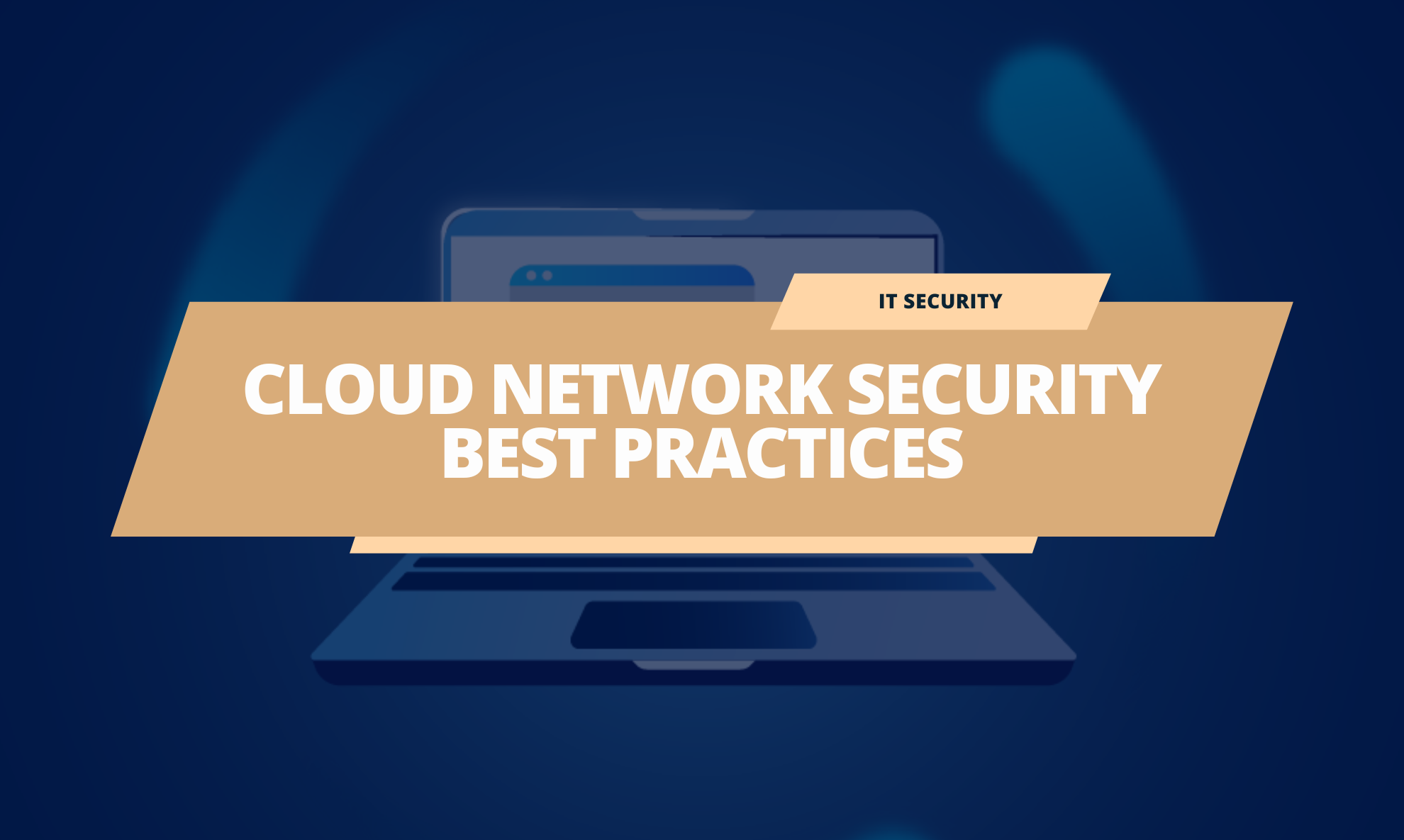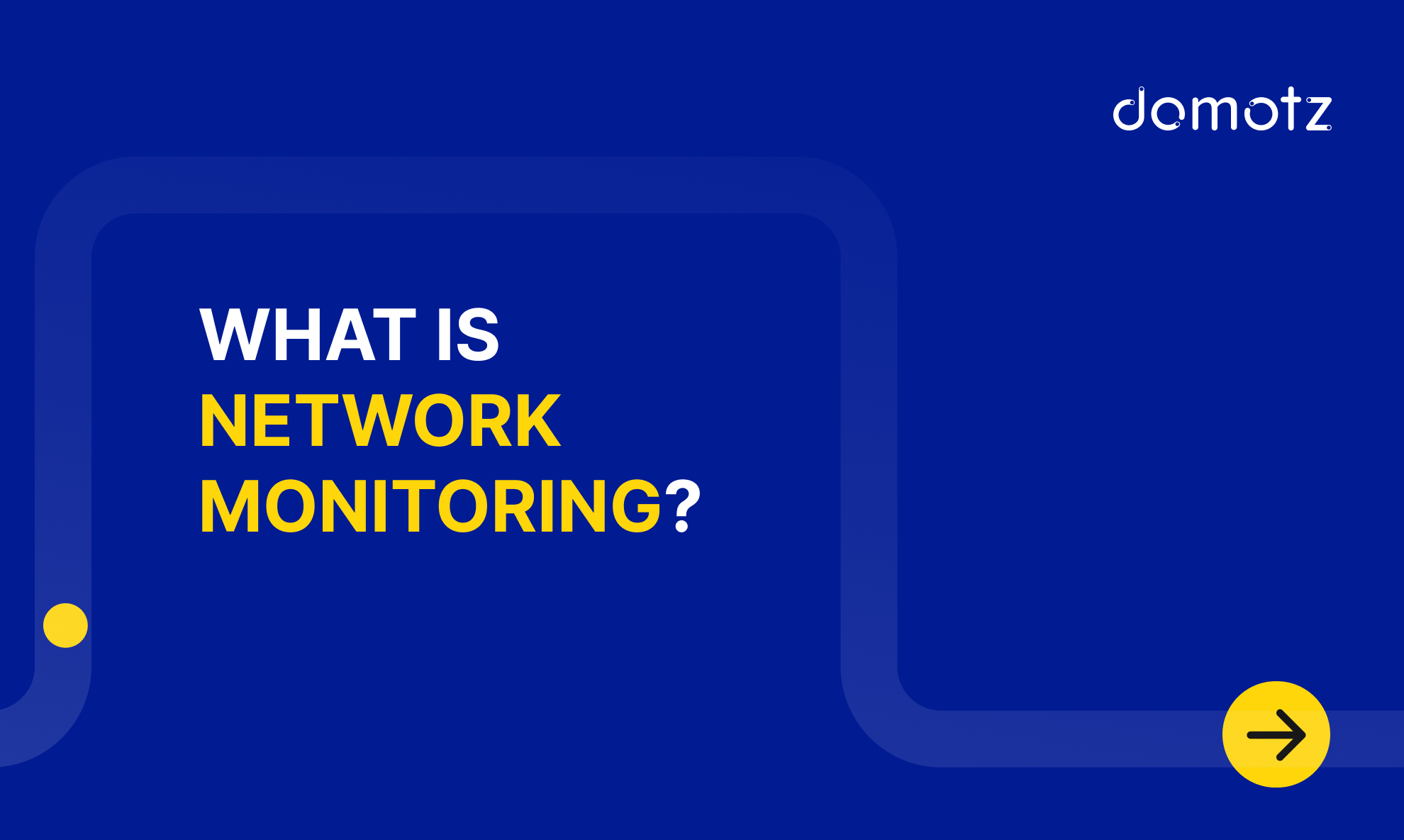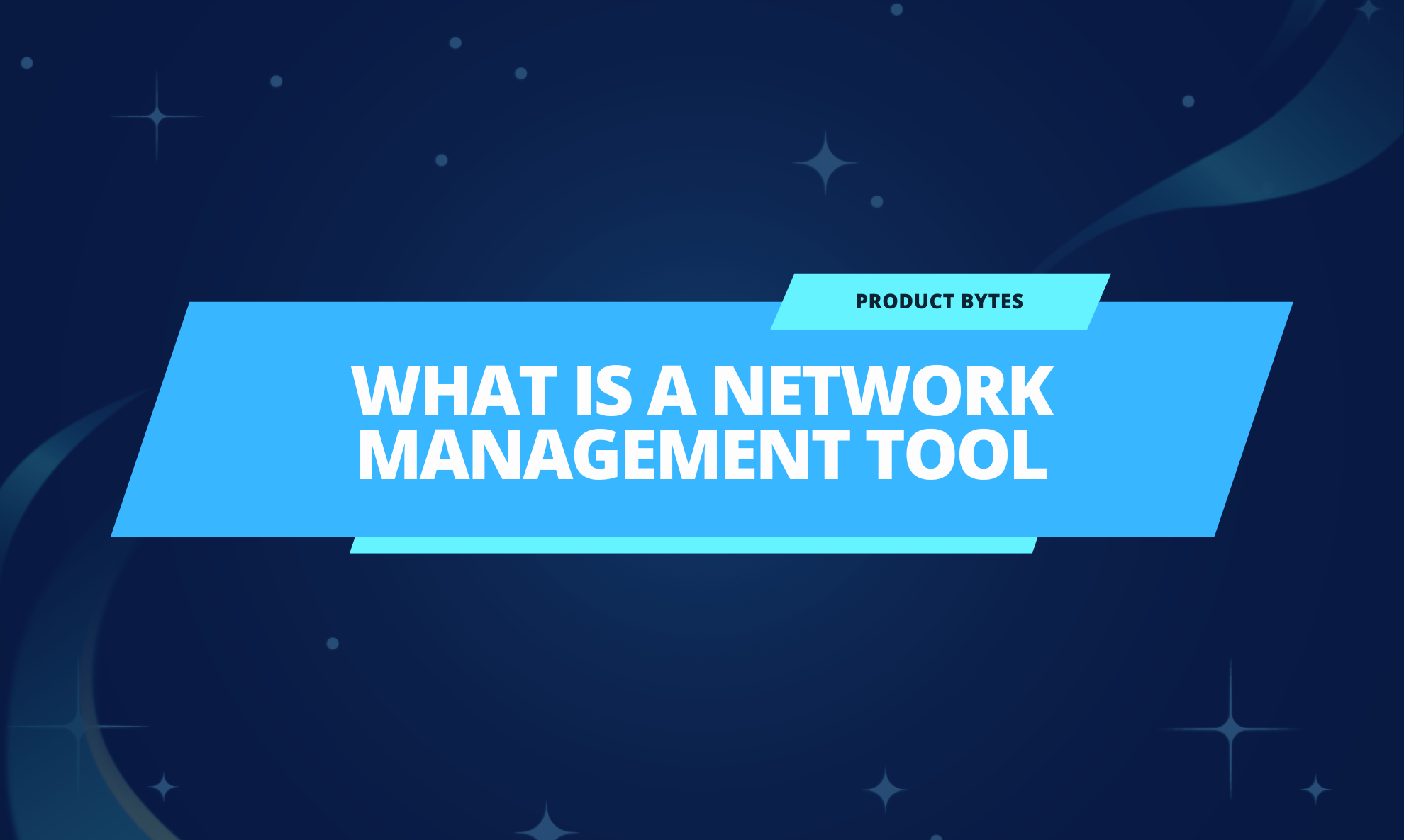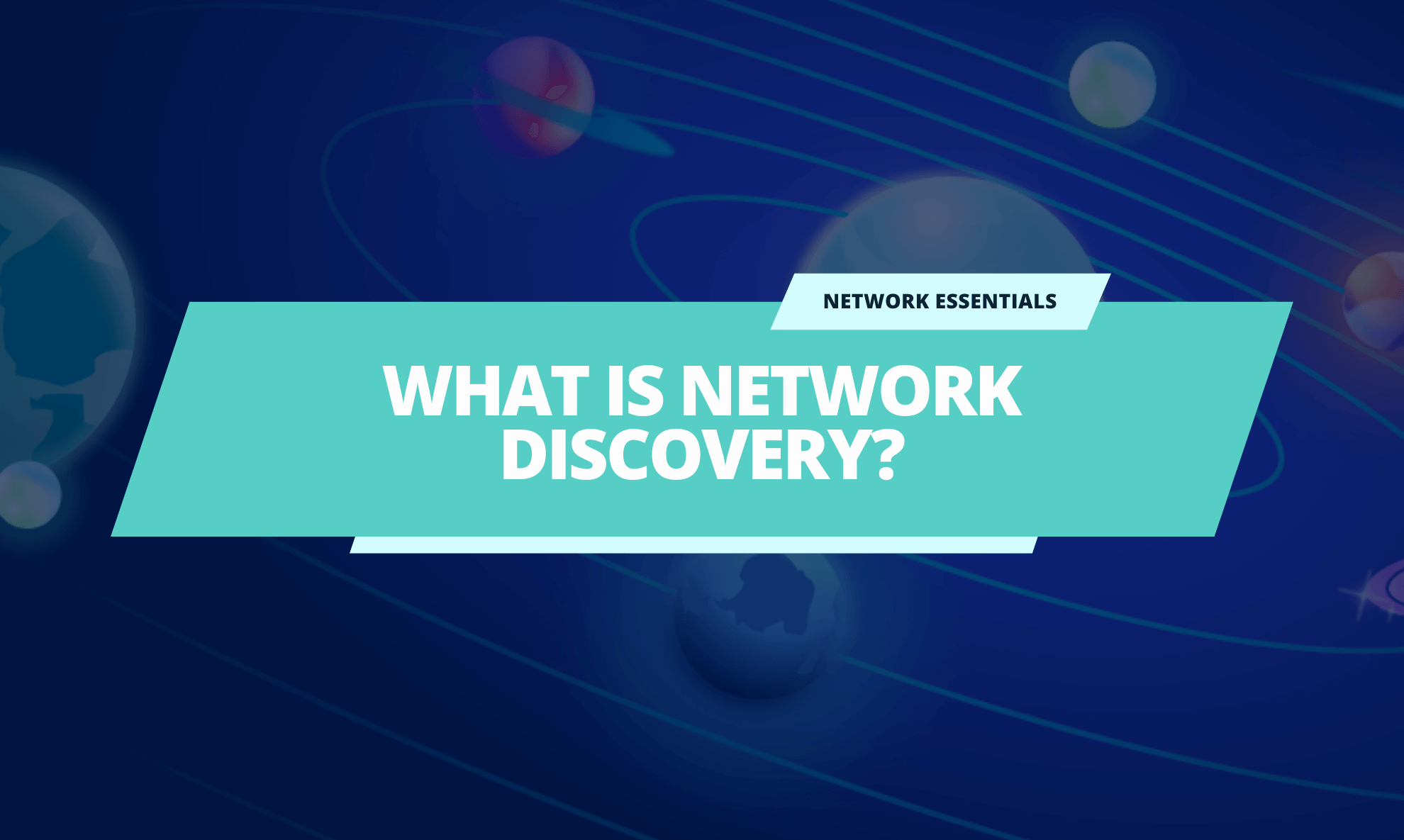Developing a strong cloud network security strategy is crucial to protect sensitive data, ensure compliance with regulatory standards, and safeguard against increasingly sophisticated cyber threats.
In this article, we’ll discuss the following:
- What Is Cloud Network Security?
- Cloud Network Security Measures
- Best Practices for a Strong Cloud Network Security Strategy
- How Can Domotz Help
What Is Cloud Network Security?
Cloud network security refers to a broad set of policies, technologies, applications, and controls utilized to protect virtualized IP, data, applications, services, and the associated infrastructure of cloud computing. It’s a sub-discipline of computer security, network security, and, more broadly, information security.
Cloud network security aims to keep your data, applications, and everything else in the cloud. In other words, it protect your systems from theft, deletion, and leakage, ensuring compliance with industry regulations.
Cloud Network Security Measures
Cloud network security measures might include the use of encryption, intrusion detection systems, firewalls, Virtual Private Networks (VPNs), and other techniques to create a secure cloud-based networking environment. These measures help to mitigate the risks associated with cyber threats, data breaches, and other vulnerabilities inherent in cloud computing.
Best Practices for Developing a Strong Cloud Network Security Strategy
Despite the sophistication of cloud security, you should develop a comprehensive and robust cloud security strategy to protect your client’s data.
Here are six of the best practices you should consider:
| #1 Cloud Security as a Shared Responsibility | #4 Backup and Test Disaster Recovery |
| #2 Robust Access Controls | #5 Network Security Controls |
| #3 Data Encryption | #6 Cloud Service Providers |
#1 Cloud Security as a Shared Responsibility
If you are an MSP or an IT Professional, it’s crucial to understand and share with your clients who does what. Usually, the cloud service providers secure the underlying infrastructure, but MSPs protect the data they place in the cloud.
The first step is to familiarize yourself with the services and security measures your cloud service provider offers. Ensure you know their updates, recommendations, and best practices. Then use this information to strengthen your MSP security practices.
However, you should remember that protecting your customers’ data is mainly in your hands. Be sure to implement robust controls to monitor your network for suspicious activities. Proactively addressing security responsibilities will enable you to offer your customers a secure and reliable cloud environment.
#2 Robust Access Controls
Implementing strong access controls make your cloud security strategy robust.
Use Identity and Access Management (IAM) to define and manage individual network users’ roles and access privileges.
First, implement strong authentication and authorization mechanisms. Use two-factor authentication (2FA) to add an extra layer of protection as well as SSO/SAML authentication.
Additionally, you should reduce privileged accounts to only those absolutely necessary. This least privilege approach minimizes the risk of internal threats and accidental breaches.
Last but not least, remember to regularly review user access privileges, ensuring they align with job functions.
#3 Data Encryption
Data encryption is your last line of defense. It makes part of many cybersecurity protocols. In short, encryption converts readable data into a coded version only authorized parties can decode.
As an MSP, encrypt all sensitive data at rest and in transit. When data is “at rest,” it’s stored in databases, archives, or other storage within the cloud. When data is “in transit,” it moves from one location to another, like from user devices to the cloud.
Consider using third-party tools to rely on encryption as well as strong key management practices.
#4 Backup and Test Disaster Recovery
Accidents happen. Hardware fails, people make mistakes, and cyber-attacks occur. To protect your customers’ data, regularly back it up in a separate, secure location. Consider using configuration management, backup and restore from Domotz.
But don’t stop there. Periodically test your disaster recovery plans to ensure they work when needed. Testing highlights potential shortcomings in the recovery plan, allowing you to make necessary amendments before a real disaster strikes.
Discovering and fixing problems during a planned test is better than during a real disaster. Remember, your customers rely on you to quickly restore their operations following a disaster.
#5 Network Security Controls
Utilize a range of network security controls to protect your cloud environment. Firewalls, intrusion detection and prevention systems (IDPS), and VPNs are critical components. Additionally, consider the deployment of cloud-native security solutions like cloud access security brokers (CASBs), which provide visibility, compliance, data security, and threat protection across cloud services.
Implement detection and prevention controls as crucial components of any robust cloud security strategy. These controls help you identify and mitigate potential security threats and breaches, ensuring the integrity and confidentiality of data stored in the cloud.
Detection controls include real-time monitoring, intrusion detection systems, and log analysis.
Prevention controls, on the other hand, focus on implementing preventive measures to identify, monitor, and address any weaknesses in the system before they occur. You can enhance your prevention using access controls, encryption, and vulnerability management to reduce the risk of security incidents proactively.
By combining effective detection and prevention controls, your MSP can establish an effective defense mechanism to safeguard your cloud infrastructure and data from potential cyber threats.
#6 Partner with Reputable Cloud Service Providers
The security of your cloud network also depends on the security measures implemented by your Cloud Service Provider.
Understand the shared responsibility model of cloud security, where security responsibilities are divided between the cloud service provider and the client, and ensure you fulfill your part.
How to Leverage Domotz to Boost Cloud Network Security
A network monitoring solution like Domotz can significantly improve your cloud network security.
Here is how Domotz can help:
| Network Infrastructure and Visibility Domotz provides real-time network infrastructure and visibility into your network, allowing you to monitor and manage all connected devices from a central dashboard. This visibility is crucial for detecting unauthorized devices or suspicious activities that could indicate a security breach. | New Device Discovery and Classification Domotz also offers advanced features such as asset discovery and classification and new device security events, and network performance monitoring. These features enable organizations to promptly identify and respond to potential security threats, ensuring that their cloud environments remain secure. |
| Network Security Scans Domotz helps you receive real-time alerts when a new device joins the network. This way, you can detect intruders and identify potential network security vulnerabilities. What’s more, you will be informed if there is any potential threat, so you can decide whether to acknowledge that threat. | Vendor-backed Integrations Domotz’s ability to integrate with a wide range of security tools and platforms means that it can seamlessly complement your existing security infrastructure, enhancing your overall security posture. |
As you navigate this journey, let Domotz be your partner in progress. Our network monitoring software provides full visibility and control over your customers’ networks and IT assets. By proactively monitoring the network, you can fortify your cloud security posture and prevent potential cyber threats before they cause significant damage.
Check out our blog post about cloud network monitoring applications or find the full list of Cloud and Application Monitoring integrations.
Conclusion
In today’s hyper-connected world, securing your customers’ data in the cloud is not just an obligation. It’s the foundation of trust in your MSP business. These best practices can help you build a strong, robust, and adaptable cloud security strategy that aligns with the evolving threat landscape.
Further reading:



